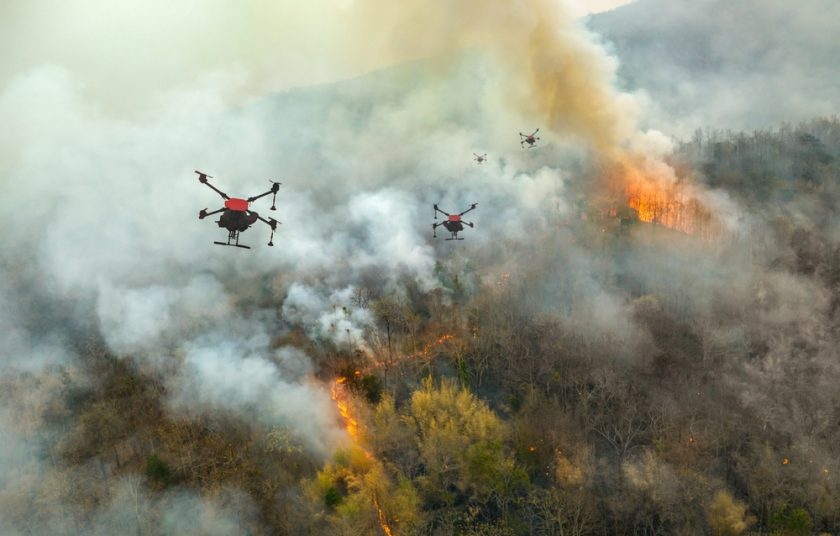By Eduardo de Vasconcellos
Brazil’s Agência Nacional de Aviação Civil (ANAC) has published its proposals for new risk-based drone rules, incorporating Specific Operations Risk Assessments (SORA), with respondents to meet July 18, 2025, the deadline for comments. ANAC’s Coordination of Drones and New Technologies is the originating group of this new public consultation.
For the past eight years, RBAC-E No. 94 was the principal regulation for drone operations but the increasing number of special scenarios and operational requirements, exemptions and new technological developments have required a major, conceptual overhaul of the rules.
RBAC-100 is a MTOW-based, three-class risk-based regulatory proposal with SORA being adopted for specific operational risk analysis. Draft Supplementary Instructions, SI, are also included with the public notice package, which can be found, in Portuguese, at https://www.gov.br/participamaisbrasil/cp-09-2025.
The new proposals have refined the three class categories:
Open category
- Must be registered online with ANAC via the SISANT system, validity 24 months
- Maximum flight height of 120m (400ft) AGL
- Flying over non-consenting people prohibited
- Distance of at least 30 meters from non-consenting people to be kept
- Operational risk analysis and liability insurance apply if distance less than 150m of non-consenting people
- Applies to all drones weighing more than 250 gr
Specific category
Drone operations which do not meet requirements of Open Class will be dealt with in the Specific Class, including following operational risk analysis elements:
- Where the drone is to be operated
- The population density in the area to be flown
- The air risk and ground risk
- The drone brand/model
- The drone’s specifications and limitations
- How the drone and remote piloting station will be maintained
- Who will operate the drone – age, qualifications
- The minimum pilot training requirements
Operational risk analysis is mandatory. ANAC will use the SORA methodology, in its 2.0 and 2.5 versions, to evaluate risk profile of operations. Results of the operational risk analysis will establish airworthiness, operating and remote pilot criteria. The rigor of criteria established will be proportionate to the risk of the operation. Flying over non-consenting people will be permitted, subject to criteria to be established by ANAC
A set of standard operational scenarios, PDRAs, will be published to assist regulated parties with using SORA and to accommodate already established scenarios covered by RBAC-E No. 94
Specific category ConOps elements include VLOS/EVLOS or BVLOS; operational ceiling, airspace class; where will the flights be conducted; what is the population density of the area of operation; what aircraft will be used; aircraft wingspan, maximum speed and other information ANAC deems necessary to evaluate the applicant’s intended operation
Certified Class
Certified Class should be applied if:
- Transport of dangerous, hazardous materials of high risk to third parties is planned
- ANAC considers that the risk of the operation cannot be adequately mitigated without certification
Type certification for drones is as per RBAC No. 21 and production certification from drone manufacturers is required. Operators will be certified under rules of RBAC No. 91, 119 and 133. General aviation rules apply, with necessary adaptations
Personnel certification rule proposals have also been developed. These include requirements to: provide knowledge required to keep operation within proposed flight envelope; empower personnel with authority, responsibility to perform functions safely; certification focused on knowledge and attitude, not just on manual skills; initial online certification required for all drone pilots – situational awareness; and advanced, risk-evaluation-based training to be developed by ANAC
Commercial pilots can apply for drone certification equivalence
Along with draft documents, ANAC provides a variety of locally applicable risk analysis scenarios, standards, templates on SORA examples of use cases, GR, AR, SAILs, OSOs, PDRAs, and other information relevant to local operators, manufacturers, and context.
For any addition information, clarification, pls contact the author at evasconce@uol.com.br.
(Image: Firefighting drones spray chemical to help control wildfires in Brazil – Shutterstock)




